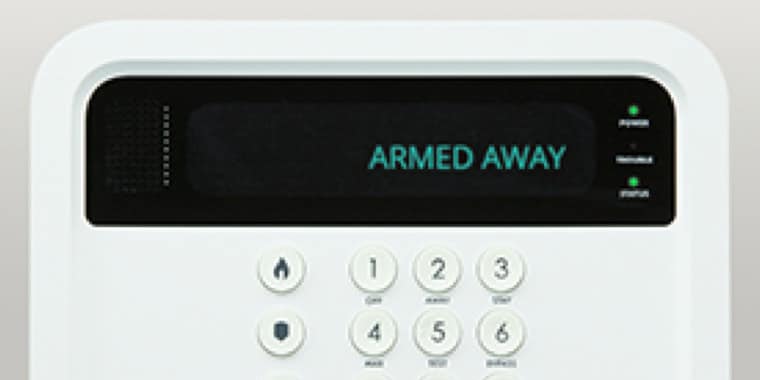December is National Identity Theft Prevention and Awareness Month [1], and it’s no coincidence that this month is among the most common times for identity theft to occur. Between chaotic holiday shopping and online activity, individuals and businesses alike should take extra precautions to make sure their personal and customers’ information remains private and secure.
If hearing about identity theft makes you think “it couldn’t happen to me,” think again. The fact is, identity theft can strike at any moment, affects millions of consumers every year (14.4 million in 2018 alone [2]), and on average, takes place every two seconds [2]. If you use the internet, have a bank account or an email address, you are at risk of having your information stolen by cybercriminals and used for illegal activity. The good news is, you’re not in this alone—there are steps every individual and business can take to protect their personal information, and ADT is here to help.
Read on for more information on what identity theft actually is, steps you can take to prevent it, and how to mitigate the consequences if it happens to you.
What does identity theft look like?
Identity theft comes in a variety of forms with the five most common [3] being driver’s license ID theft, medical ID theft, Social Security ID theft, character/criminal ID theft and financial theft. Cybercriminals use this stolen information to apply for loans, open bank accounts, and even purchase major luxury items in your name—putting your finances and credit history at risk. They can also falsely apply for social security and other government benefits under your name, file phony medical liability claims, and even commit crimes posing as you. Untangling these false actions from your identity can be a very costly, time-consuming endeavor—and unfortunately, the FTC reports that stolen IDs are used 30 times on average before the victim finds out about it [3].
How can I prevent identity theft from happening to me?
Fortunately, there are numerous steps individuals can take to better protect their personal information, and the good news is, they’re easy!
First, monitor your personal information closely, as well as your bank account, credit card statements and credit reports. If you see any suspicious transactions, flag them to your bank immediately.
Also, ditch that catch-all password. While it may seem like a timesaver in the moment, creating different complex passwords for each online profile you use can save you lots of hassle down the line. You can even use a password-manager app [4] to help keep track of them.
Finally, exercise caution with public and guest WiFi networks, as hackers might be lurking behind that free access point. They can set up fake WiFi networks that look like a legitimate network, leaving you vulnerable if you sign on, and then collect your information without your knowledge. Only use trusted WiFi connections, your cellular provider’s 4G/5G service or a personal hotspot via your own mobile device.
I was a victim of identity theft. What do I do now?
If you suspect your personal information has been compromised, time is of the essence to minimize negative consequences. As soon as something looks off, notify your credit card company and put a fraud alert or freeze on your credit reports. Contact any other institution directly affected, like your bank or health insurance company.
Then, remember that you’re not in this alone! If you are an ADT Identity Theft Protection customer, you can reach out to our fraud incident resolution team 24/7 to have them guide you through the steps needed to resolve identity theft. ADT Identity Theft Protection includes dark web monitoring, credit monitoring and score tracking, annual credit report and change of address monitoring, public courts and criminal records monitoring and 24/7 fraud incident resolution. There’s no need to try to fight cybercriminals alone—let us help.
Check out all our identity-theft prevention services here [5]—and have a happy and safe holiday season!
Sources
[1]https://www.safehome.org/identity-theft-protection/month/
[2]https://www.iii.org/fact-statistic/facts-statistics-identity-theft-and-cybercrime
[3]https://www.pcsndreams.com/Pages/Articles/IDTheft_Common_Types.htm
[4]https://www.wired.com/story/time-to-outsource-your-passwords-app/





